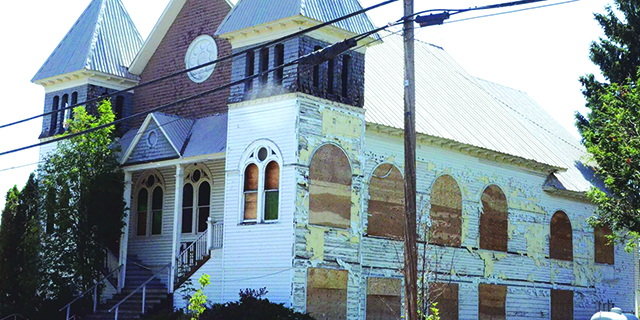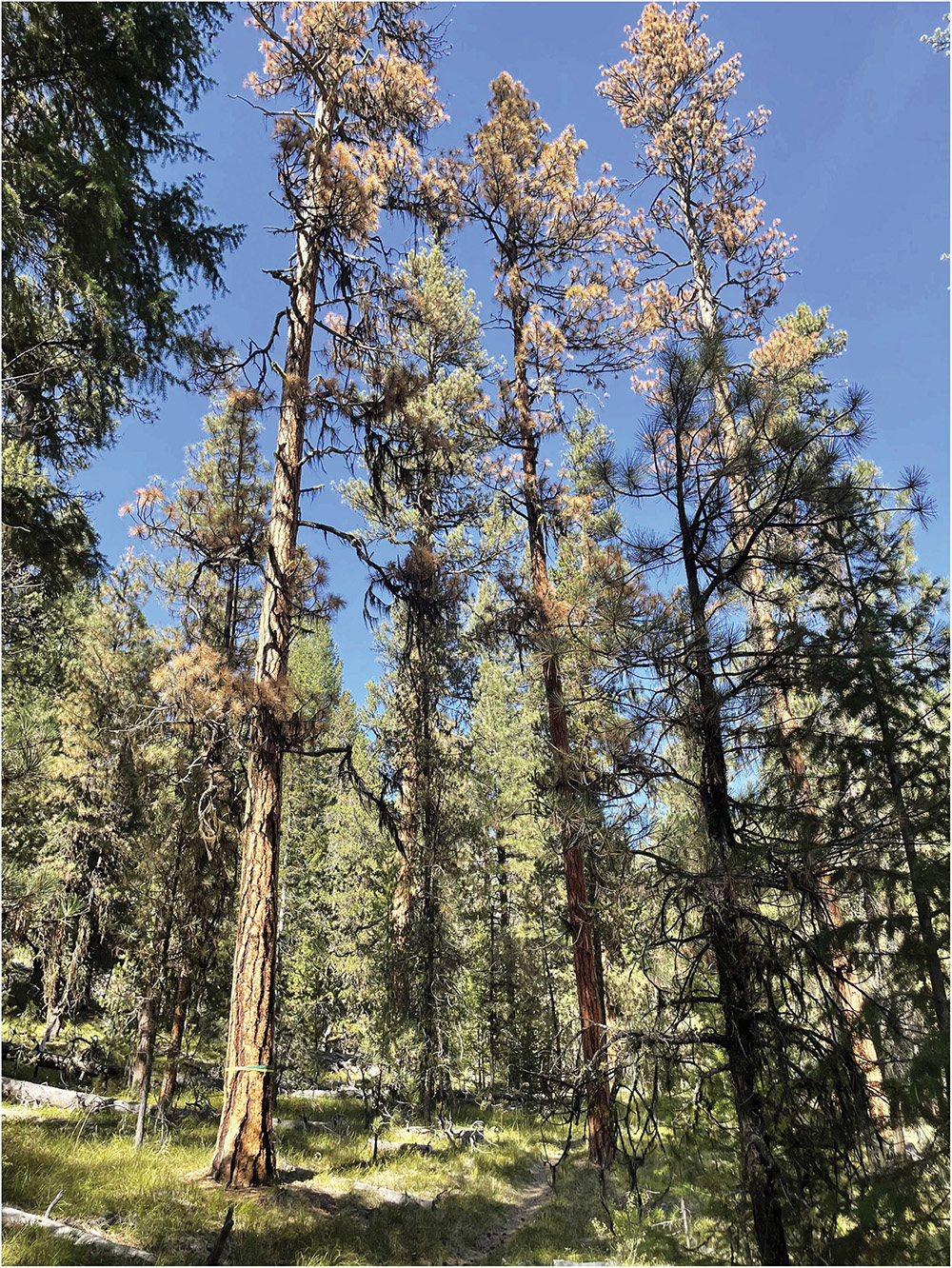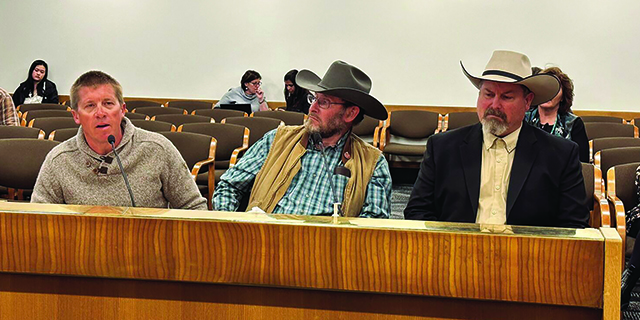County’s pileated woodpeckers thrive
Published 5:00 pm Tuesday, September 11, 2012

- Pileated woodpecker
Since we have many large trees on our acreage, we occasionally see a few pileated woodpeckers passing through the treetops. But they only rarely come within 15 yards of our house and light on a small juniper tree like this one did. And to think that he stayed long enough for me to snap this photo of him, really made my day.
Pileated woodpeckers are the second-largest woodpecker. The only one that is slightly larger is the ivory-billed woodpecker, but they are almost extinct so very few people will ever see one.
Trending
After the early American pioneers cut down nearly all of the deciduous forests in the New England states, the pileated woodpeckers declined so much that they were expected to be headed toward the same fate as their ivory-billed cousins. But when the corn belt came into production, the northeastern states were allowed to revert to forests, which made for a strong comeback of these large woodpeckers.
Here in Wallowa County we have a thriving population of pileated woodpeckers. But these birds never evolved to be numerous due to their territorial behavior. These large woodpeckers do not feed primarily on ants like the flickers do. They will work for over an hour to get at the large beetle larvae.
And since we have numerous dead white fir snags all through our forests, they are a rich source of food and are left with many large rectangular holes. Some of these snags almost look lke the equivalent of an Indian totem pole.
I would venture to guess that a breeding pair of pileated woodpeckers need to have at least one square mile of timberland in order to raise a family. So when some people think that a given species of birds is sparse, thats the way they are supposed to be in order to survive.









